Manga and I go back a long time.
I was six years old the first time I watched anime – and I was instantly mesmerised. While it was maybe too early in my life for the themes it handled (gender role expectations, politics), not only did I greatly enjoy it, but it also helped me understand who I wanted to be. Sapphire, the protagonist, was a princess pretending to be a prince so as not to lose her right to the throne. To little-girl-me, who preferred riding a BMX over playing with dolls, she was an absolute idol. A few years later, I managed to get a reprint of the original manga, and my family didn’t see me for a few days.
Today, that very manga – Osamu Tezuka’s Ribon no Kishi (‘A Knight in Ribbons’), translated as Princess Knight – is considered to have started the genre of female superheroes in manga.
The archetype it explores, a woman pretending to be a man, was to become the cornerstone of many later classics, such as The Rose of Versailles – one of the most famous manga of all times, whose influence on culture and society continues to reverberate. Tezuka is also the author of Astro Boy, the first anime to become popular in the West.
No matter where you grew up, manga and anime most likely had an influence on you, and maybe still do (hello, fellow Aggretsuko fans). The exaggerated expressions, giant eyes and impossible hairdos are just some of the classic features of this fantastical yet familiar world, with its own rules, visual language and tropes. We all probably fantasised about being able to draw one of its characters at some point, and I wondered: Could I actually learn how to do it? Even as someone who categorically can’t draw? I had to find out.
Drawing (On) Eggshells
I start by learning about the most important aspect of manga characters: their faces. These are ovals intersected by guidelines to establish the locations of the different facial features – nose, mouth, eyes, ears. As I need to draw in 3D, the guidelines are supposed to be curved rather than straight, something I need to constantly keep in mind. Somehow, I manage to get stuck right away: my hand is just unable to outline a symmetrical oval, the basic shape of every manga face.
“A lot of people are not comfortable with drawing,” says mangaka (manga artist) Kenshiro Sakamoto, author of several series and teacher of an online manga course on Udemy. “That’s because they tend to think too complicated about it. Drawing should be fun and easy to do.” Keeping that in mind helps me move on from my weird ovals and muster the courage to add a very basic nose. To my surprise, it turns out rather cute, which is motivating.
“Everyone, myself included, starts [out] poorly. But if you keep on drawing, you’ll get better,” says Sakamoto. As I progressed with my lessons, I was to prove this statement true – in fact, that happened quicker than I could have imagined.
Expressing Emotions
The eyes and mouth, as the character’s main facial features, play an important role in an important part of manga: expressing emotions. Before picking up the pencil, I need to decide which kind of character I am going for, then ask myself what they are doing and feeling. Only once I’ve established these factors can I choose the shapes that best suit what I’m trying to convey.
For instance, a female face will typically feature larger eyes with long eyelashes, as well as a small mouth, while a male face will feature smaller eyes, shorter eyelashes and so on. A character talking will have an open mouth, but it’s the emotion being expressed that will help establish its size. The same goes for the shape of the eyes and that of the eyebrows.
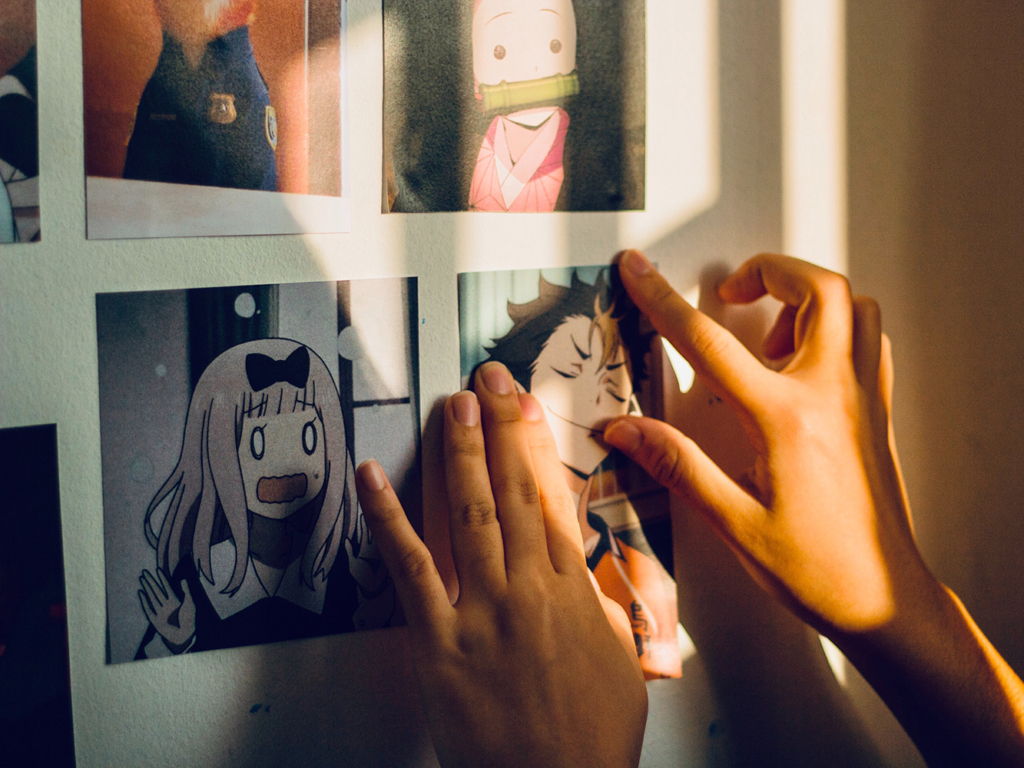
In addition to that, every mangaka has their own personal style. Sakamoto encourages his students to explore their personal style from the very beginning, by trying many different shapes for facial features – starting with basic ones such as a circle, a triangle or a square for the mouth. As I learn about manga, I discover that some of its most beloved features are, in fact, personal choices of a number of artists. For instance, Osamu Tezuka was known for drawing characters with large “sparkling eyes”, a detail which quickly became part of standard manga iconography.
Drawing My First Character
After a few lessons, I have practiced sketching all the main features of a character’s face, including chin, ears and hair. There is only one way to find out if I’ve really learned, though: creating my first character. I’m a little nervous, and my hand is unsteady. Who am I going to design? And will I manage to do it? I set out to try, my trusty eraser at hand.
First, I start by outlining the head, and find out that my egg-shaped ovals have significantly improved in a few hours. Then it’s time for the guidelines, which help me place the nose, mouth, eyes and ears in the right positions. It’s not easy to pinpoint their exact spots, due to the fact that I need to account for 3D, but after a few tries I manage to end up with acceptable results.
In fact, as I go on, I am amazed at how much I’ve learned. And while I’m constantly afraid of ruining my first successful attempt, when I manage to contour my character’s face and add hair to it, I’m ecstatic.
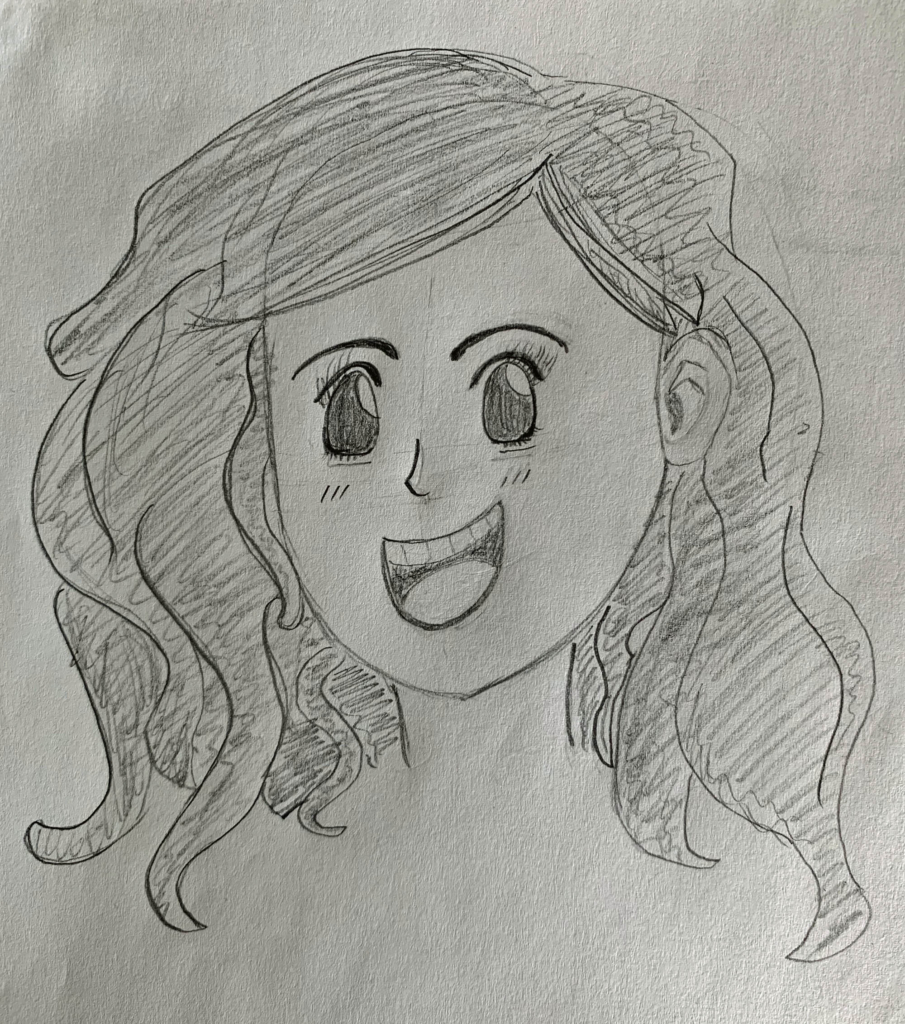
My first attempt at a manga character – not bad for someone who can’t draw!
Of course, my lines are wacky, my proportions are far from being perfect, and my stroke is not confident enough, but the final result is well beyond my wildest dreams. I just cannot believe I did that.
“The important thing is to draw and keep on drawing regularly,” says Sakamoto. As with any hobby, there’s a learning curve, but manga allows for simplification, which makes it easier for beginners to start and still achieve wonderful results. In fact, once I’m done with all the details, I find myself entertaining the idea of creating my own manga – even if just for a few minutes. And if I of all people think that, then rest assured that you’ll do just as great – so pick up a pencil, and don’t let your preconceptions stand in the way.

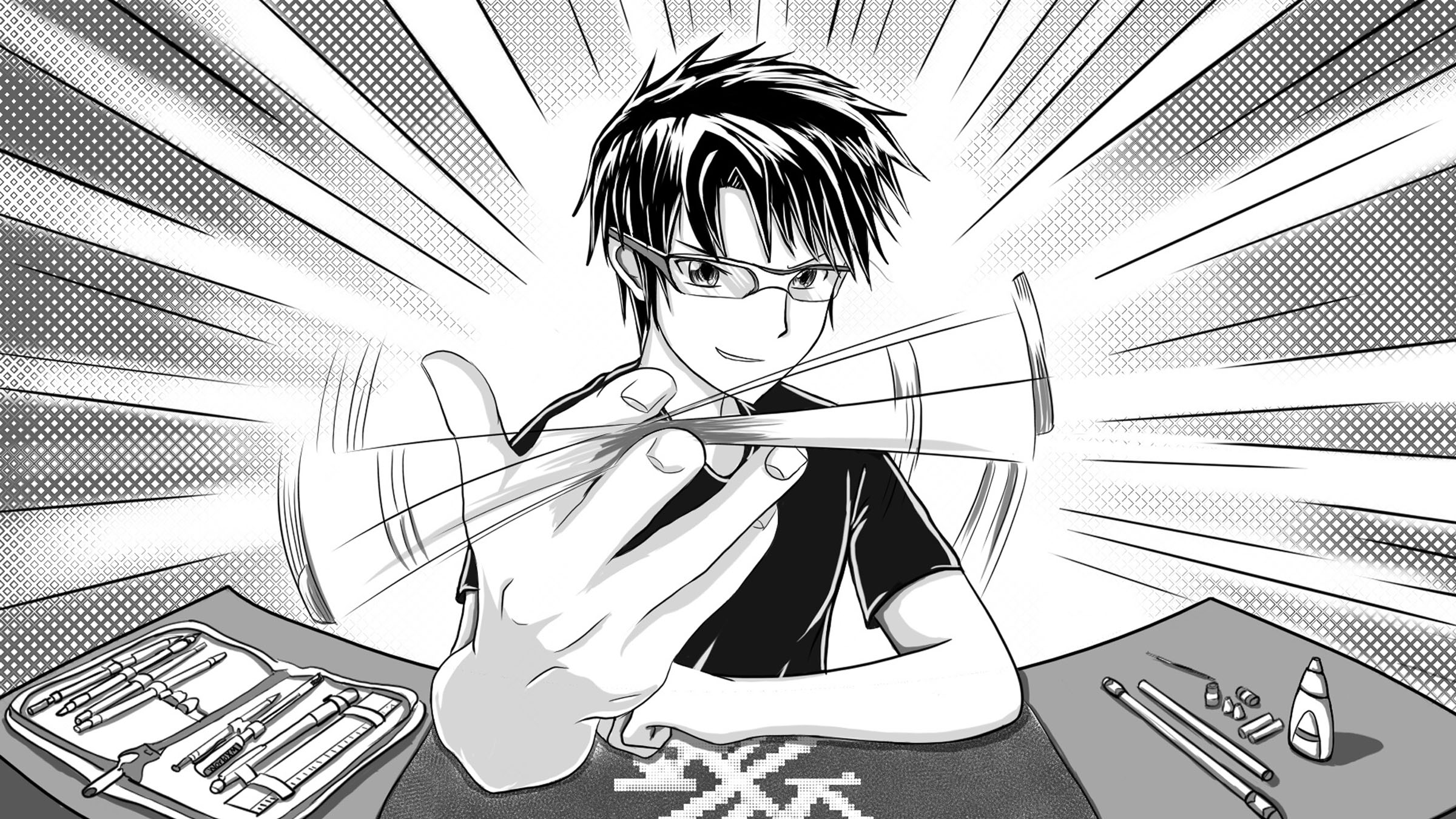

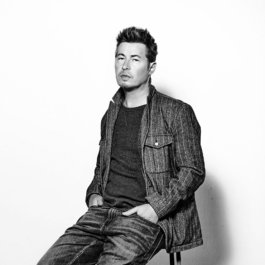
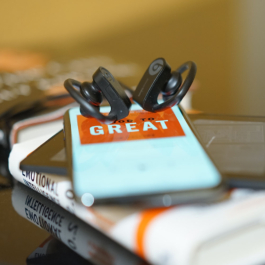
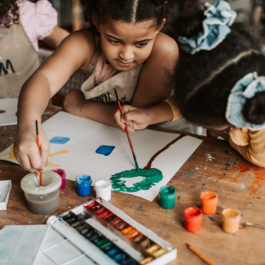
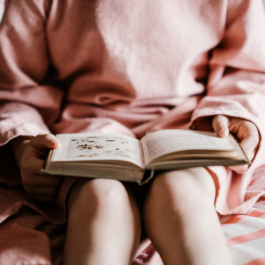

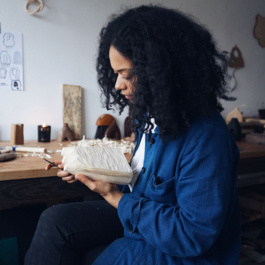
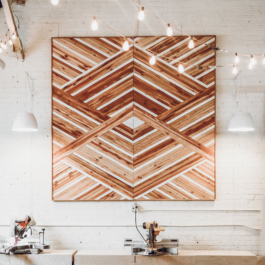
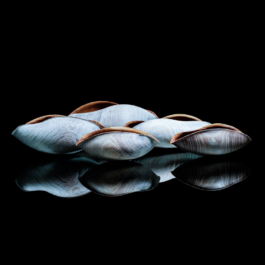
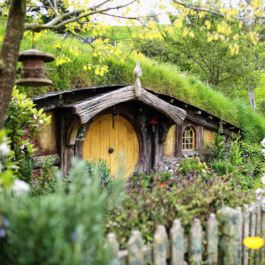
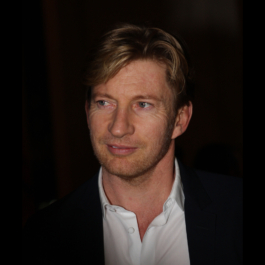
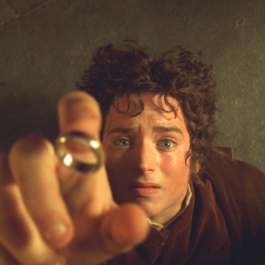
Sorry, the comment form is closed at this time.